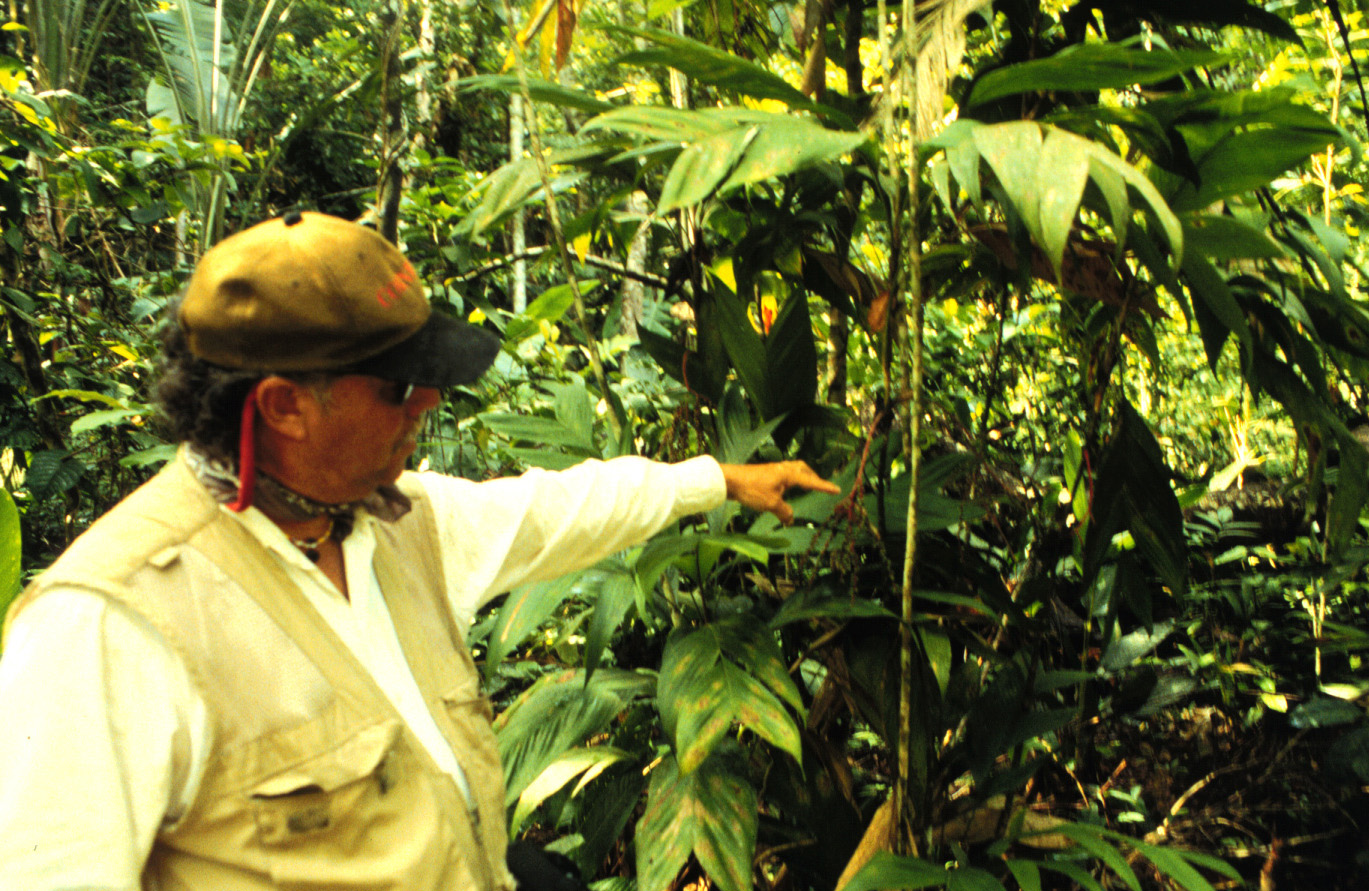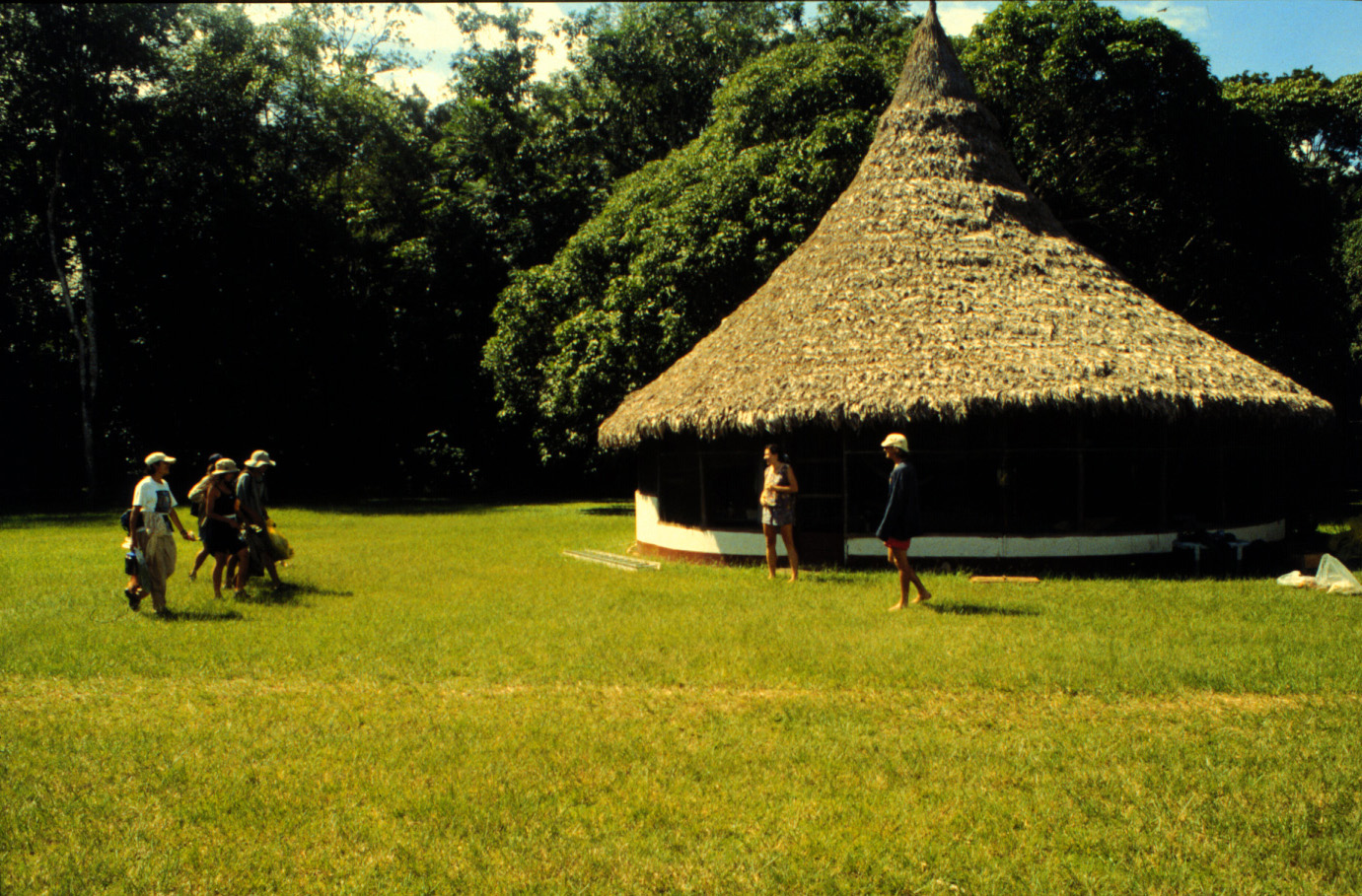Medical discoveries from the forest will help both Indians and rain forest conservation, Cornell researcher predicts
By Roger Segelken


PHILADELPHIA – Efforts to tap the botanical wisdom of the rain forest – its people, plants and animals – are producing such encouraging results that researchers, who call themselves bioprospectors, are ready to take the next step: assisting Indian communities in cultivating newly discovered medicinal plants for their own use and for export to the developed world.
"The indigenous people have known about most of these plants all along. Our job as scientists is to validate their knowledge by doing the bioassays that prove the plants' effectiveness against disease," says Eloy Rodriguez, the Cornell University biologist who has discovered 10 plants from the Amazon rain forests with anti-malarial properties.
"We can do the chemical analyses, and we know a lot about tropical agriculture," he says. "But the Indians in the small, rural communities are the real experts at coexisting with their environment without destroying the biodiversity that produced these promising leads. Agriculture and conservation need not be mutually exclusive."
Rodriguez, who is the James A. Perkins Professor of Environmental Studies in Cornell's L.H. Bailey Hortorium, spoke on natural medicines of the Amazon region in a lecture today (Feb. 15) at the American Association for the Advancement of Science (AAAS) annual meeting in Philadelphia. He reported on his students' studies of plants and animals in Venezuela's Amazonas rain forest. He also discussed ethnobotanical research with one indigenous tribe of the region, the Piaroa Indians.
The Piaroa led Rodriguez' students to rain forest plants that have been used to treat a variety of medical conditions. The student-botanists performed preliminary chemical analyses of the plant substances in a field laboratory run by Cornell in the Amazonas rain forest. Then, in the more sophisticated laboratories of IVIC, the Venezuelan scientific institute in Caracas, the natural compounds were tested against disease-causing microorganisms. Ten plants from the Amazonas rain forest showed biological activity -- either killing or inhibiting the protozoa that cause malaria, Rodriguez reported.
Much more testing is required, Rodriguez notes, before any of the newly identified plants yield the next anti-malaria medicine. But the need is urgent, he says, because some strains of malaria are showing increasing resistance to available drugs. And no one needs improved drugs more, he says, than the people who live in malaria-ridden areas of the world.
While some bioprospectors are forming alliances with pharmaceutical companies, Rodriguez suggests a more direct, grass-roots approach to agromedicinal production. "We don't have time to partner with the pharmaceutical companies. Their payoff takes at least 10 years and we can't wait that long when malaria is developing resistance. We can partner with agriculture and with the people who need it most."
Rodriguez calls on the national botanical gardens in tropical countries, where the horticultural focus traditionally has been on ornamental plants, to propagate medicinal plants and distribute them to indigenous farmers, who can integrate the "agromedicinals" (a term coined by Rodriguez) into their traditional food crops. He envisions dozens of canucos (the tiny garden plots maintained by the Piaroa, who remove just enough of the rain forest canopy to let sunlight to reach the soil) growing anti-malaria plants alongside bananas and papayas. The medicinal plants could be harvested, both to protect the people who grow them and for export, he says.
"The indigenous people can grow these plants to maintain biodiversity, to be healthy and to utilize the native flora, instead of chopping down the flora to survive," Rodriguez says.
First, however, the Indians need scientific validation of their botanical-medicinal wisdom, Rodriguez says, pointing to u–a de gato, the tropical vine also known as cat's claw, which his laboratory and others have shown to have immunostimulatory effects. "We asked Indians about u–a de gato. We said, 'It's right there in your backyard. Why don't you use it?' And they said, 'Well, we used to but . . . ' " Now, with scientific validation, cat's claw again is again being harvested as an herbal medicine by the Indians.
The success of u–a de gato shows that market forces can have a positive impact on biodiversity, the Cornell biologist says. "Of course we should continue to establish eco-reserves. But we also should help the people who live there to survive."
Media Contact
Get Cornell news delivered right to your inbox.
Subscribe